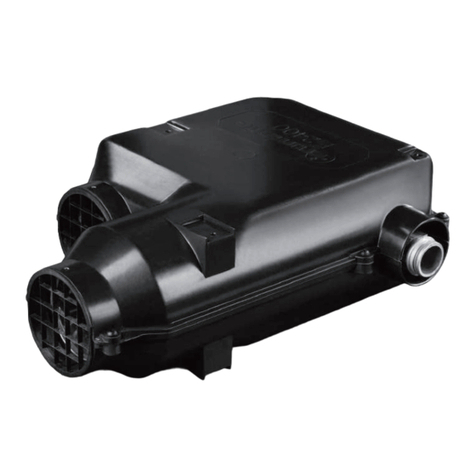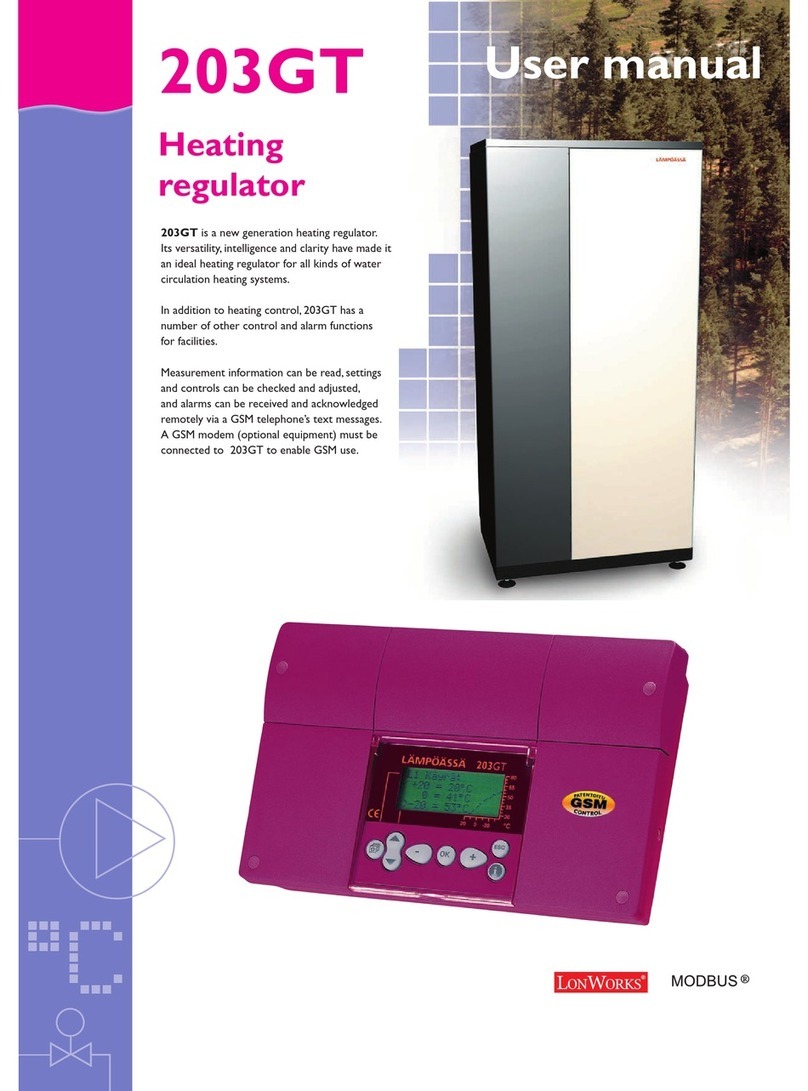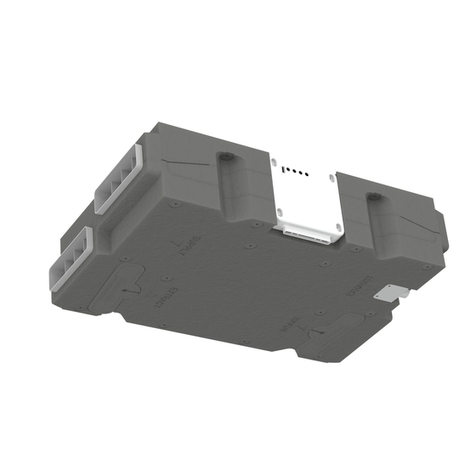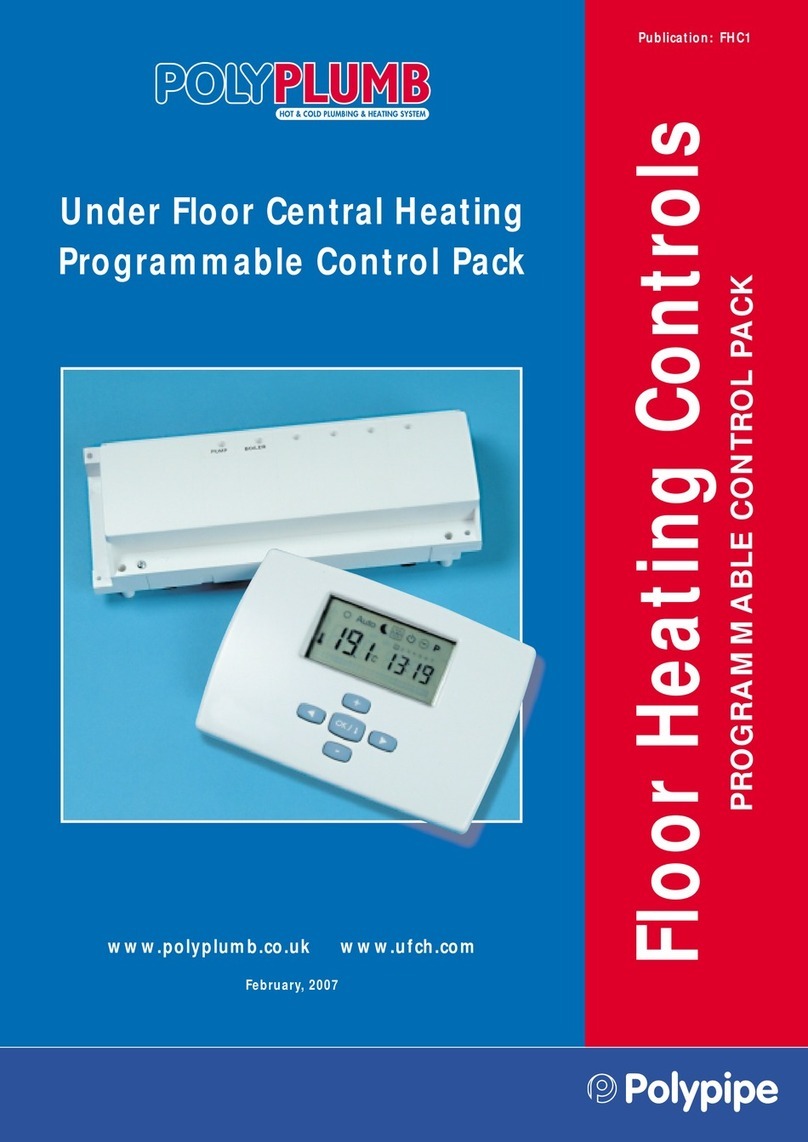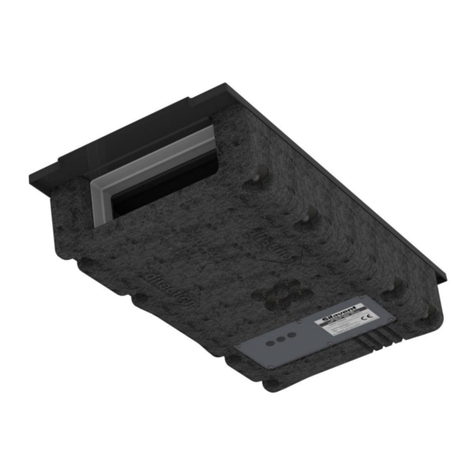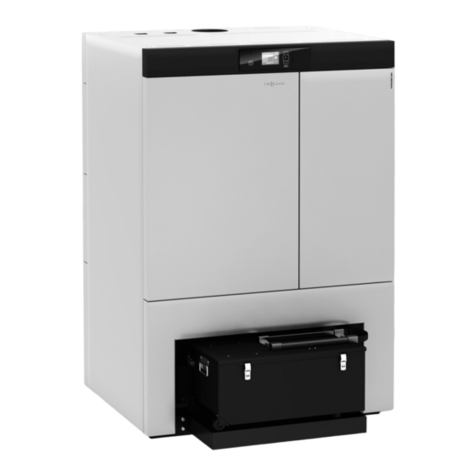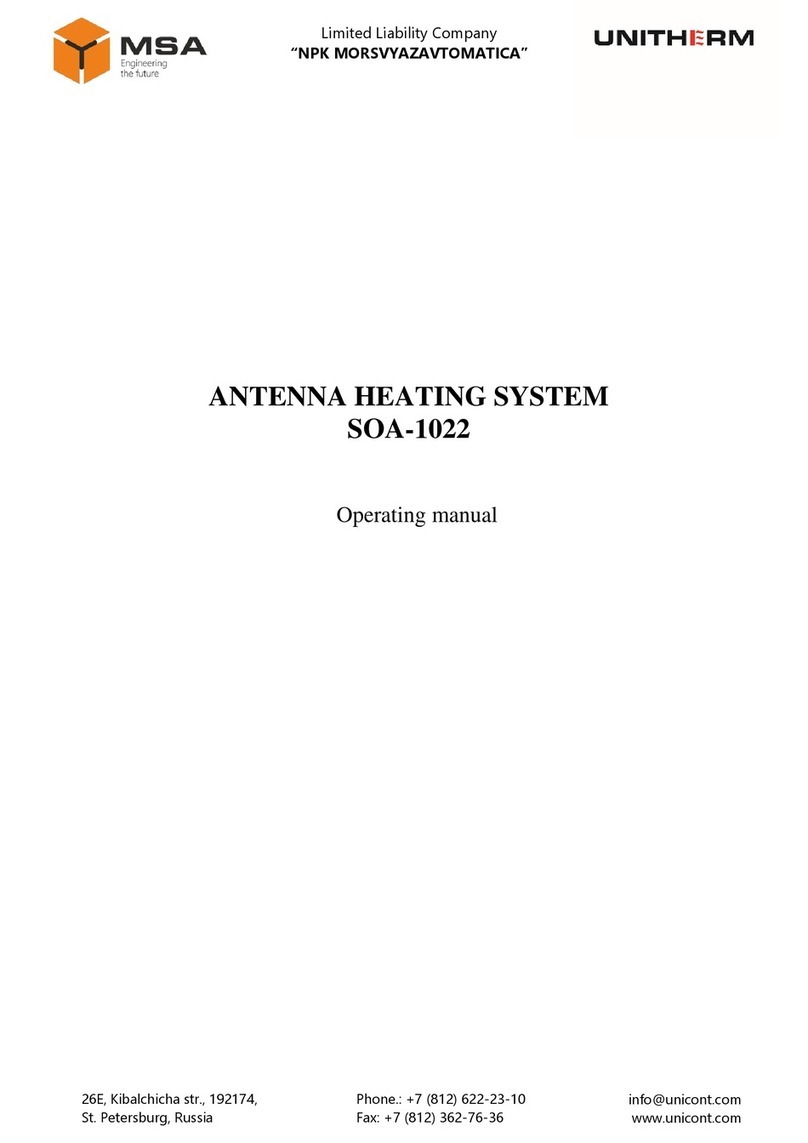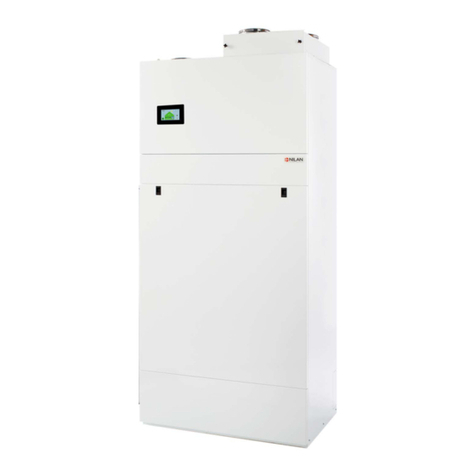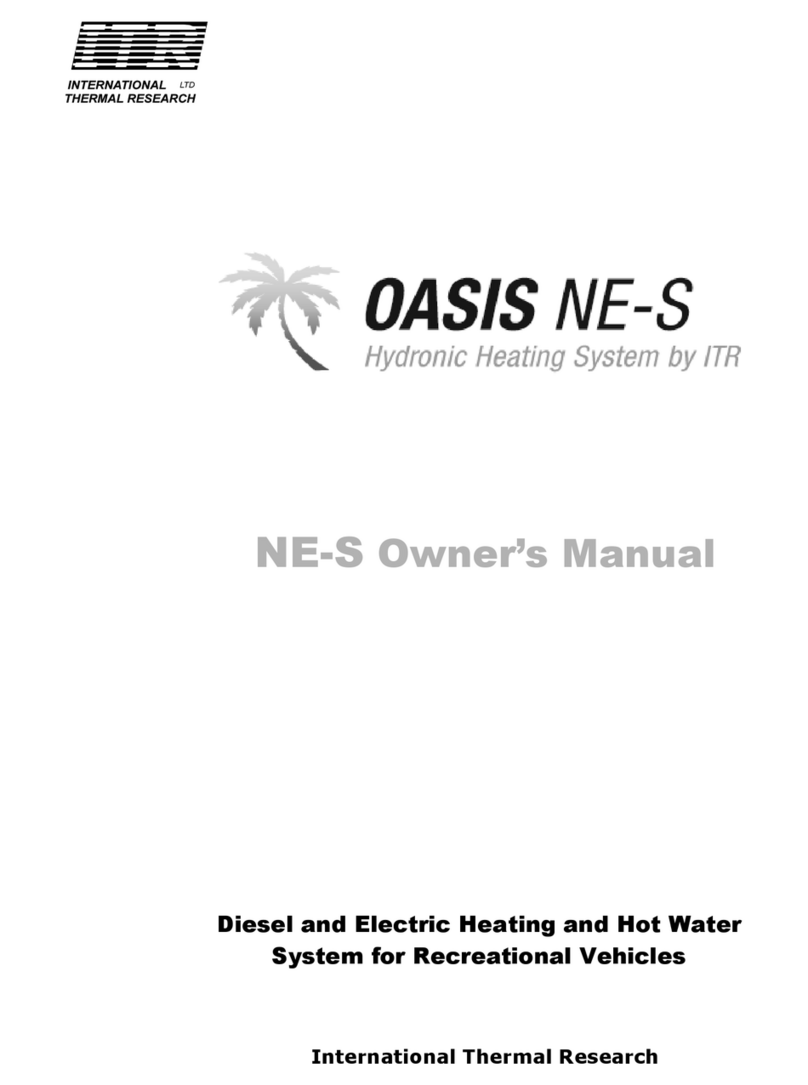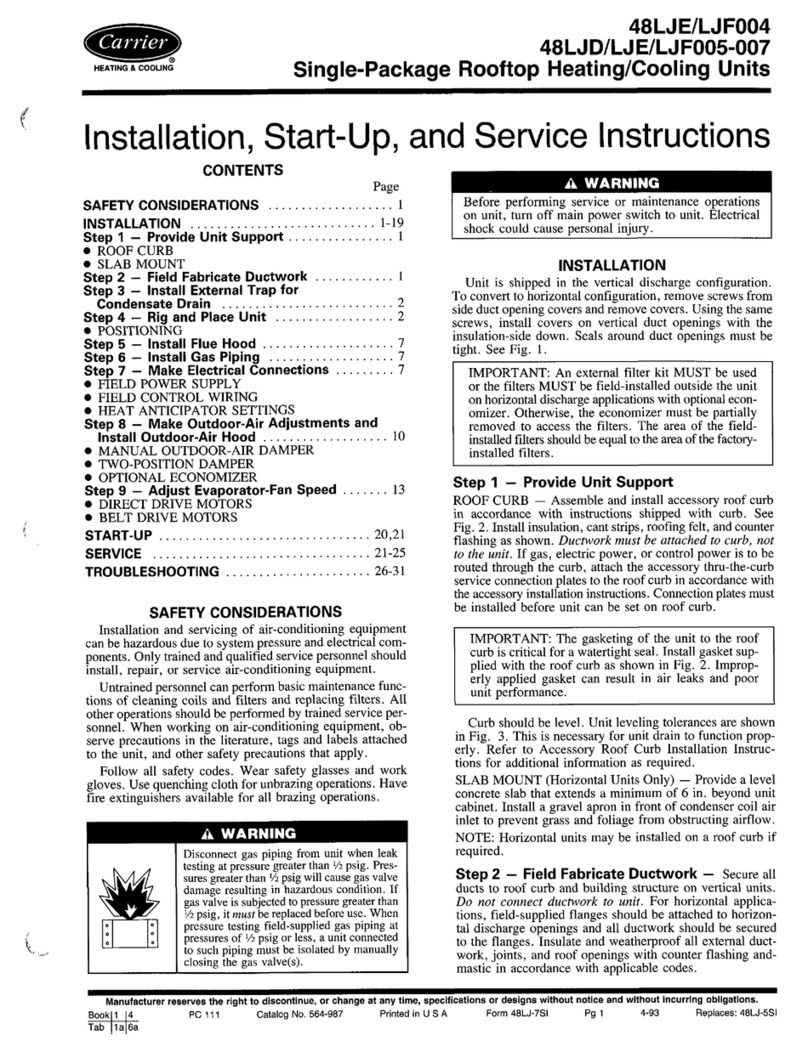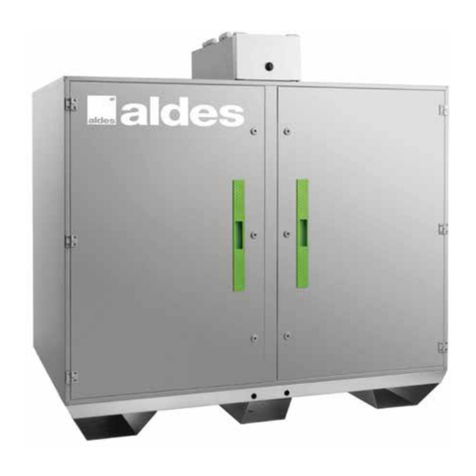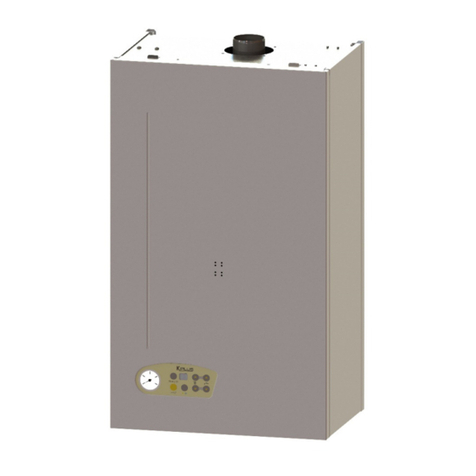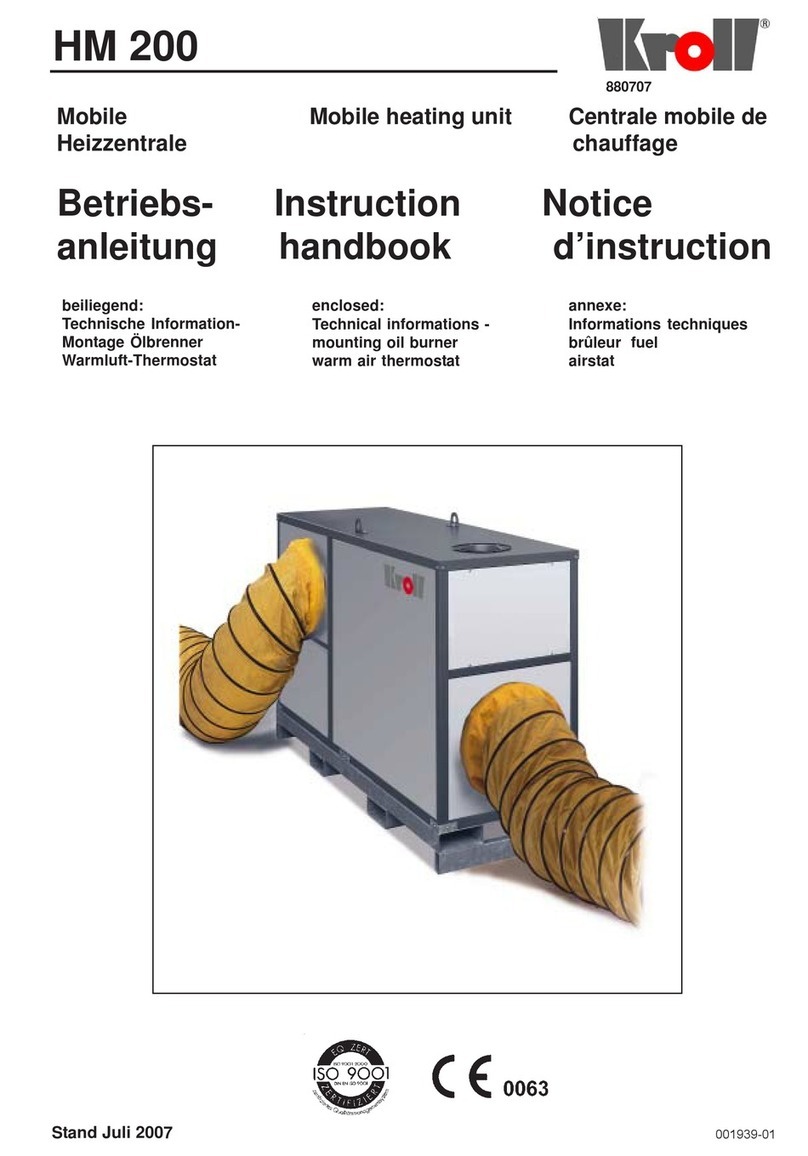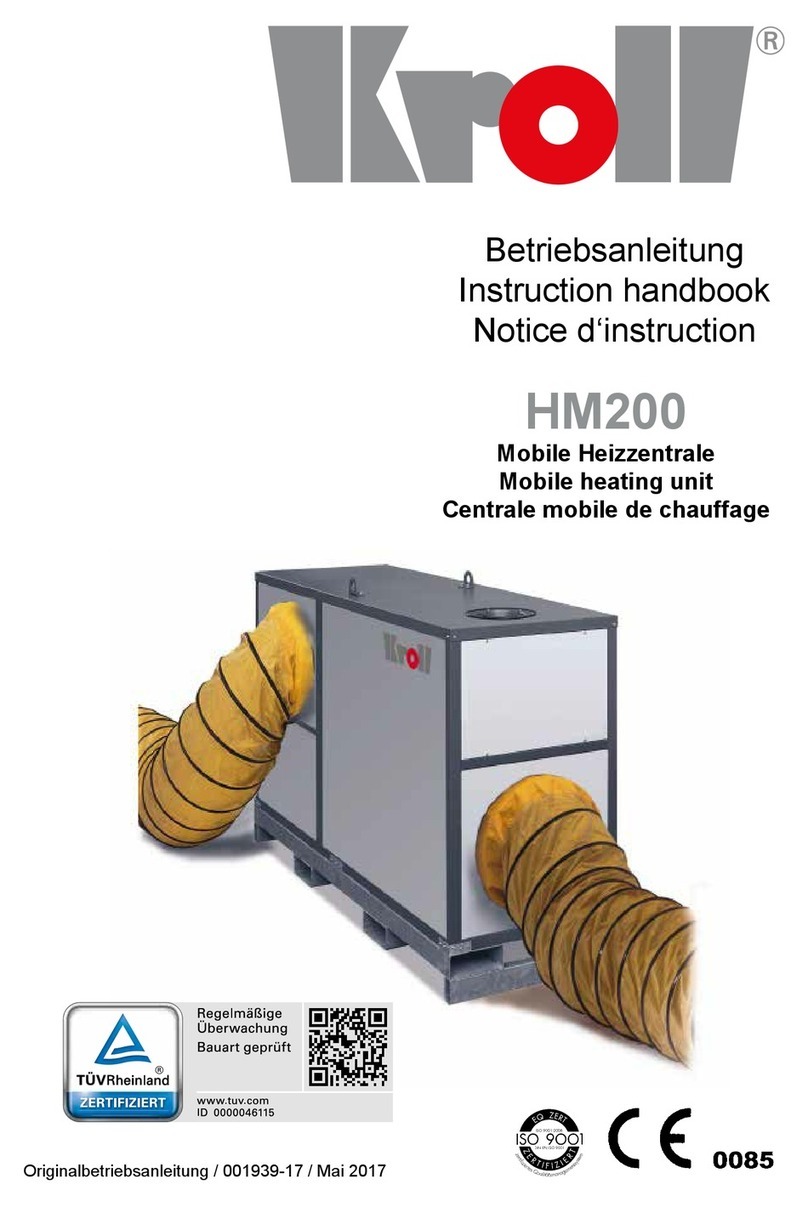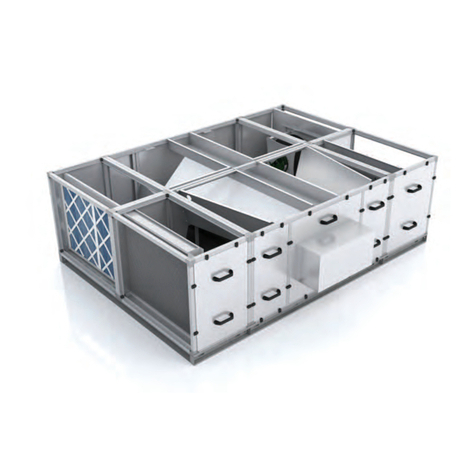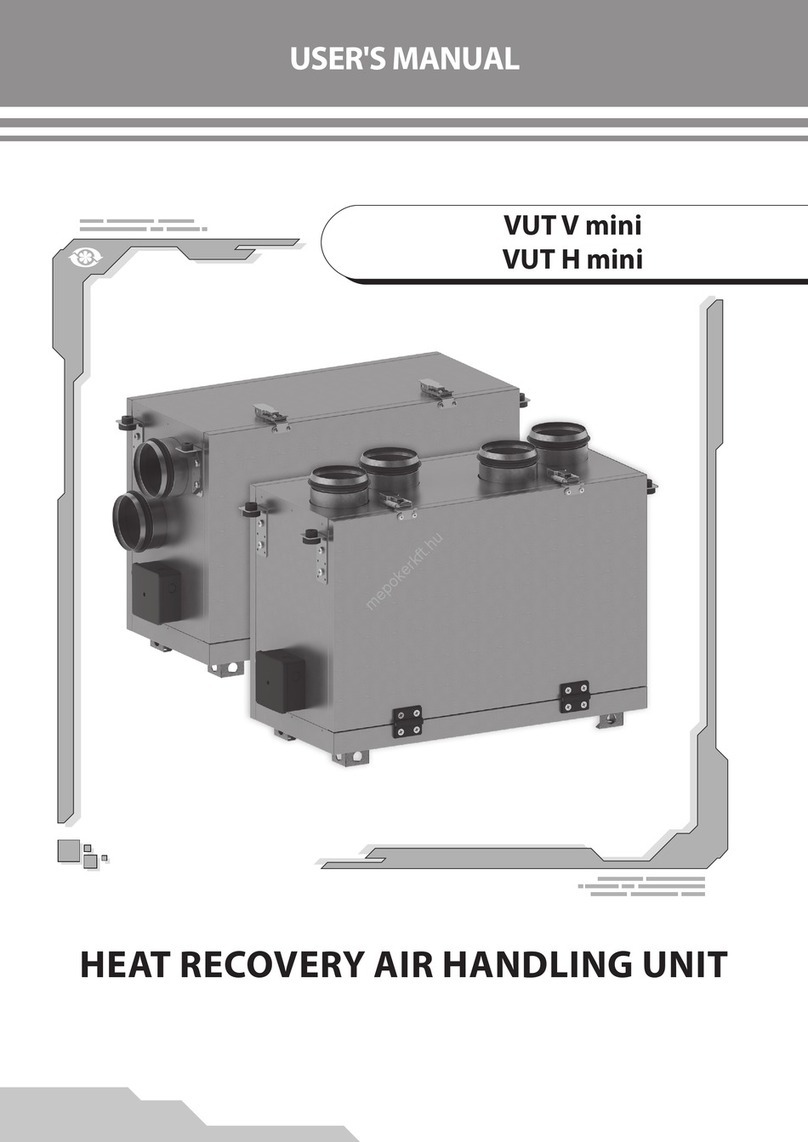04 05
ABOUT POLYPIPE UNDER FLOOR HEATING Easy installation
Polypipe under oor heating systems have been designed with
ease of installation in mind. Innovative product designs ensure
minimal disruption to existing heating and electrical supplies
during installation. As our systems are compatible with standard
central heating boilers, connectivity is also streamlined. Polypipe
under oor heating systems can be installed up to 20% quicker
than radiators.
Polypipe under oor heating systems are installed in one stage,
eliminating the need for a time consuming second x. Under oor
heating components are much easier to manoeuvre on site than
large, bulky radiators; reducing handling issues and potential
damage. Unlike radiators, there is also very little theft value
during installation.
Details of each type of Polypipe under oor heating system can
be found on page 6.
Maintenance free
Once installed, a Polypipe under oor heating system is virtually
maintenance free. There are no joints in the pipe work within the
ooring, signicantly reducing the possibility of leaks. Polypipe
under oor heating products are subjected to rigorous testing
and meet a number of exacting standards, full details of which
can be found on page 52. All our manufacturing processes are
monitored and controlled in accordance with the international
quality standard BS EN ISO 9002.
Choosing under oor heating also eliminates a number of
general maintenance and decoration requirements, normally
associated with radiators, such as painting the radiator or
removing it to paint the wall.
Demonstrating the utmost condence in product performance,
and providing our customers with peace of mind, Polypipe under
oor heating systems are covered by the Polypipe 50 year
guarantee (full details can be found at www.ufch.com).
Easy to control
Polypipe manufactures a range of water and room temperature
control solutions, allowing you to source a complete, integrated
system from a single supplier. The range includes a number of
control products, with options to suit a variety of lifestyle
patterns, and the abilities to control different rooms independently.
Full details of Polypipe control products can be found on pages
40 to 43.
Flexible approach
Polypipe under oor heating systems use the exibility of polybutylene
pipe to provide a solution for all house and room types. We also
have a range of unique and innovative products, including the
Zonal Regulation Unit (ZRU) which is an excellent enabler allowing
under oor heating systems to be incorporated into single rooms
or refurbishment projects with minimal disruption to existing
heating and electrical supplies.
For more information on our single room applications see pages
44 and 45.
Excellent service
At Polypipe we understand that selecting the right solution for
each application involves detailed consideration. This is why we
offer extensive customer service support, including free system
design and full technical support if any problems arise. We want
to ensure that your installation runs smoothly from the beginning
and our technical support staff can assist you with any questions
you might have.
During installation we offer:
• Pre-project training at one of our training centres
• Pre-project training by distance learning
• On-site assistance
We also provide an extensive back up service:
• Technical representation available to discuss systems in general
and particular projects
• www.ufch.com
• Technical Installation CD
• Specialist Technical Hotline on 01709 770000
Energy efficient
Under oor heating systems can be more economical to run
than radiator based systems. As they demand a low temperature
rise output from the boiler, they are ideally suited to achieving
maximum economy from a condensing boiler or heat pump.
However, they are just as efcient with higher temperature heat
sources, for example solar and solid fuel, where the correct water
temperature can be set at the point of distribution.
Polypipe is one of Europe’s largest manufacturers of specialist plastic plumbing,
heating, waste and drainage products.
Our market leading under floor heating product range has been continuously
developed and improved with frequent innovative additions, the latest of which
are Modular Heating Panels (MHP) - a revolutionary solution for suspended floor
applications - and Overlay™ Lite, a lightweight floor panel to complement our
innovative over floor heating range.
Polypipe is a member of the Underfloor Heating Manufacturers’ Association (UHMA),
who set and enforce standards for materials, design and installation of under floor
heating systems - standards that we embrace within every aspect of our range.
Polypipe under oor heating systems have been designed with
speciers, installers and users in mind.
Our systems combine ease of installation with reliable long-term
performance, and we hold a range of stock ready for prompt
dispatch. Unique to the Polypipe service proposition is our
room and house packs concept. Recognising that under oor
heating systems are difcult to specify using individual components,
we created a range of over 300 pre-set combinations that can
be ordered as complete kits. By simply specifying key variables
such as oor type, room size, control and circuit data the right
pack can be specied in minutes. It’s as easy as .
We have even created a unique online product selection tool.
Following recent innovative product introductions, we have
categorised our range into 3 groups in order to make selecting
even more instinctive:
With a long established reputation for product quality and
value, backed by our strict trade-only distribution policy,
Polypipe has become the clear leader in the under oor
heating category. Recent innovations ensure the Polypipe
range is the widest available from a single manufacturer,
including traditional under oor heating systems for every
oor type as well as the innovative MHP and Overlay™ products.
Polypipe under oor heating systems are ideal for every
application, including new build, self build, renovation and
home improvement projects. Whole house, single oor and
single room projects are equally catered for in our extensive
product offering. Whatever job you are undertaking, Polypipe
has the product to suit.
Polypipe is a recognised and respected brand, and is well
established as the system of choice for domestic homes by
many installers. All Polypipe under oor heating systems are
supplied as a complete system, and require no additional
components for installation. Polypipe under oor heating
systems are rigorously tested, and comply with (or exceed) all
relevant UK standards. We use an integrated exible plumbing
system, incorporating polybutylene pipes and a range of push-
t ttings. The systems are also designed for use with copper
pipes, allowing the integration of rigid pipes when necessary.
